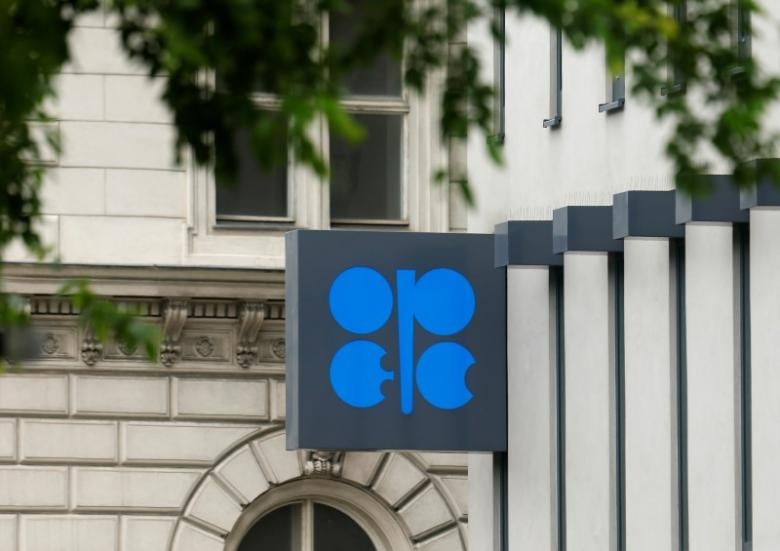
OPEC+ is wary of a renewed rise in the US oil output when Donald Trump returns to the White House, delegates from the group said, because more US oil would further erode OPEC+ market share and hamper the producer group's efforts to support prices.
OPEC+ pumps about half of the world's oil and earlier this month delayed a plan to raise output until April. The group extended some of its supply cuts until the end of 2026 due to weak demand and booming production from the US and some other non-OPEC+ producers.
OPEC has a history of under-estimating US output gains going back to the start of the shale oil boom, which has seen the United States become the world's top oil producer. It now pumps a fifth of world supply.
Some delegates are more bullish now on US oil and say the reason behind this is Trump. Following an election centred on the economy and the cost of living, Trump's transition team put together a wide-ranging package to deregulate the energy sector.
"I think a return of Trump is good news for the oil industry, with possibly less stringent environmental policies," a delegate from a US ally OPEC+ member said. "But we may see higher production in the United States, which is not good for us."
Vienna-based OPEC didn't respond to a request for comment. A further rise in US output would hinder plans by the Organisation of the Petroleum Exporting Countries (OPEC) and allies such as Russia to start raising output from April 2025 without risking a drop in prices. A fall in prices would hurt OPEC+ countries, which rely on oil revenues.
The US president-elect wants to raise output but for different reasons, having campaigned on promises to bring down energy prices and inflation.
"This is a potentially difficult dynamic for both sides," said Richard Bronze, Head of Geopolitics at Energy Aspects. "OPEC+ has faced a big challenge from rising US production, which has reduced the group's influence."
OPEC+ is holding back 5.85 million barrels per day (bpd) of output capacity after a series of cuts since 2022. In the 2022-24 period, total US oil output has risen 11% to 21.6 million bpd, according to OPEC's own figures.
Another OPEC+ source said Trump's policies could support oil demand, which would benefit the producer group, although the prospect of higher US oil supply is a concern.
"The main threat to OPEC+ is increasing US oil production under Trump, reducing the country's dependence on imported oil and increasing exports," the source said.
Only 11 years ago, the US pumped about 10 million bpd. OPEC+'s output is equal to 48% of world supply, the lowest since it was formed in 2016 with a market share of over 55%, according to Reuters' calculations based on International Energy Agency figures.
OPEC+ decisions to reduce output in 2016 and 2020 helped the US shale industry and made it a leading exporter, said Igor Sechin, Head of Russia's largest oil producer Rosneft, earlier this month.
In a report last week, OPEC predicted total US supply will rise by 2.3% next year and also cut its forecast for global oil demand growth again.
























COMMENTS
Comments are moderated and generally will be posted if they are on-topic and not abusive.
For more information, please see our Comments FAQ